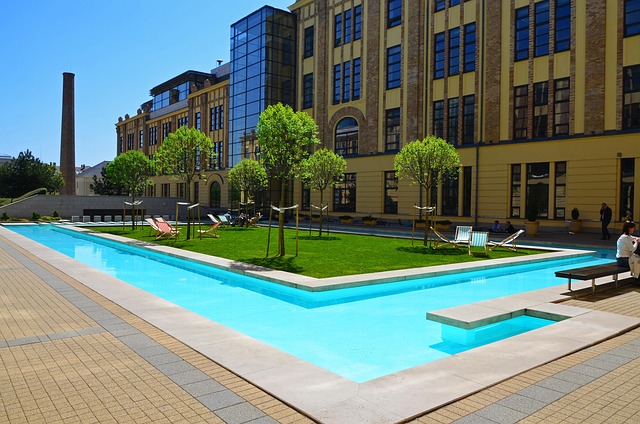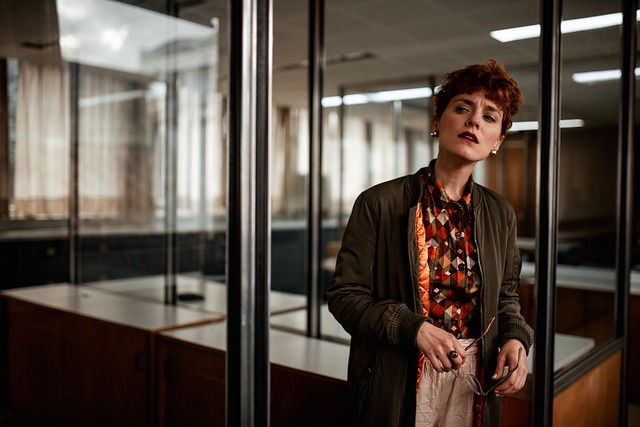The global shift to remote work has dramatically transformed the commercial real estate market. This change has led to a decrease in demand for traditional office spaces and a surge in flexible workspace options like co-working spaces and virtual offices. Businesses are optimizing costs by reducing physical office space and expanding their talent pools globally. As a result, urban areas may see office buildings converted into mixed-use spaces that accommodate hybrid and remote work models. Developers are transforming traditional offices into dynamic "living quarters" that blend workspaces, retail, and residential areas, fostering community engagement and promoting sustainable, flexible environments for work, life, and leisure.
The rise of remote work has been a game-changer, reshaping commercial demand and propelling real estate markets into uncharted territories. This trend has forced businesses and employees alike to adapt, leading to significant changes in how we perceive and utilize commercial spaces. From office buildings to urban landscapes, the traditional concepts are being reimagined to cater to new demands. This article explores these shifts, delving into real estate adjustments, changing demand patterns, and the opportunities and challenges they present for commercial markets.
The Shift to Remote Work and Its Impact on Commercial Spaces

The sudden global shift to remote work has brought about a significant transformation in commercial spaces and real estate demand. As employees no longer require traditional office environments, many companies are reevaluating their real estate portfolios. This trend is driving a notable change in the commercial property market, with a decrease in demand for large, dedicated office spaces.
Consequently, businesses are opting for more flexible arrangements, including co-working spaces, virtual offices, and even downsizing their physical footprint. This shift has allowed organizations to optimize their costs, especially with remote work offering geographical freedom to talent pools worldwide. As a result, urban landscapes might witness a transformation, with commercial real estate developers exploring alternative uses for traditional office buildings or adapting to meet the evolving needs of hybrid and fully remote workers.
Real Estate Adjustments: Reimagining Office Buildings and Urban Landscapes

The rise of remote work has had a profound impact on commercial real estate, leading to a significant shift in demand and the way urban landscapes are designed. With fewer employees needing dedicated office spaces, traditional office buildings face new challenges. Real estate developers and landlords are now focusing on adapting these spaces to accommodate mixed-use concepts, blending workspace, retail, and residential areas. This transformation aims to create vibrant, multifunctional hubs that cater to a diverse range of activities, fostering community engagement and supporting local economies.
As cities rethink their urban planning, the concept of the “living quarter” is gaining traction. Office buildings are being reimagined as dynamic, flexible environments, often incorporating green spaces, co-working areas, and amenities typically found in residential settings. This evolution not only caters to remote workers’ needs but also encourages a more sustainable and integrated approach to urban development, where work, life, and leisure seamlessly blend together.
Shifting Demand Patterns: Opportunities and Challenges for Commercial Markets

The rise of remote work has significantly altered demand patterns in commercial markets, presenting both opportunities and challenges for real estate sectors. With more professionals opting for flexible work arrangements, traditional office spaces are seeing a decline in occupancy rates. This shift has opened up avenues for creative solutions like co-working spaces, which cater to the growing freelance and remote worker population. Such spaces offer flexibility, networking opportunities, and community, thereby revitalizing commercial real estate.
However, this transformation also poses challenges. Landlords and developers must adapt by reconfiguring existing properties or investing in new construction that aligns with the evolving needs of remote workers, such as ample outdoor space, enhanced Wi-Fi connectivity, and modern amenities. Moreover, changing demand patterns may lead to urban redistribution, with some cities experiencing a decrease in commercial activity while others, particularly those with robust digital infrastructure, might see an influx of remote workers seeking alternative lifestyle options.






